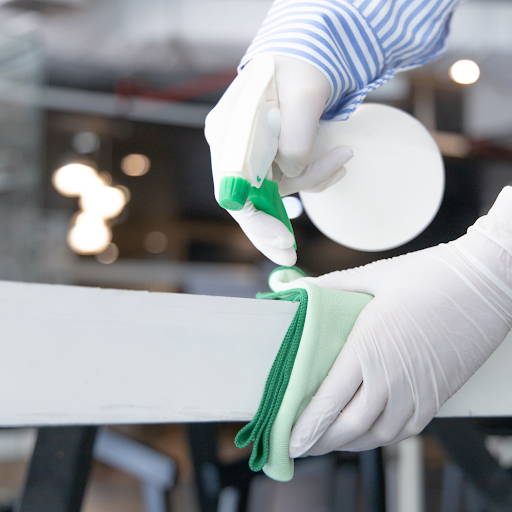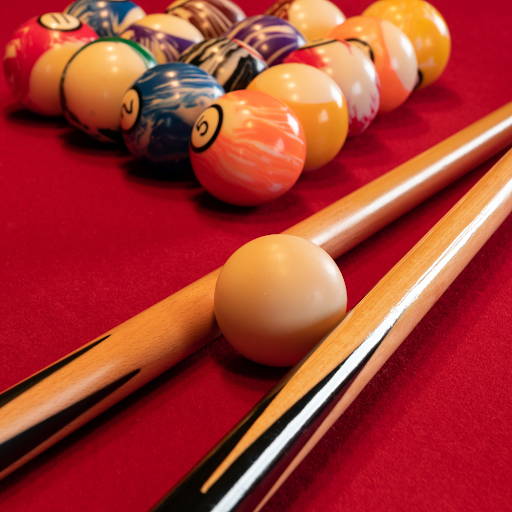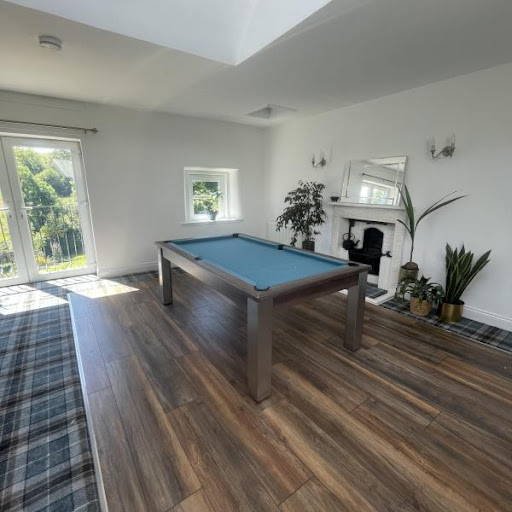The Best Ways to Clean and Maintain Your Pool Table
Your pool table is more than just a recreational asset; it's a significant investment. Like all investments, it needs regular maintenance to uphold its value and ensure it functions properly. Ensuring your pool table is clean will not only extend its lifespan but also enhance your gaming experience. Here's a step-by-step guide on how to best clean and maintain your pool table.
Step 1: Gather Your Cleaning Supplies
You don't need expensive, specialized cleaning supplies to clean a pool table. Here are the basic items you'll need:
A soft brush or a billiard table brush
A vacuum with a gentle setting
Pool table cleaner or a mild dish soap
A microfiber cloth
A lint-free towel

Step 2: Brushing the Felt
Use your soft brush or a billiard table brush to gently sweep away any dust, chalk residue, or debris from the felt.
Brush in one direction, starting from the centre of the table and moving towards the edges. This will prevent any dust or debris from getting under the felt and causing damage.
Brushing against the nap of the cloth could also damage the fibres, so be sure to brush in the same direction each time.
Step 3: Vacuuming
Once you've brushed off the loose debris, vacuum the table gently using the brush attachment. Be very careful not to press too hard as you could stretch or damage the felt.
Use the vacuum to clean the pockets, where dust and debris can accumulate.
Step 4: Cleaning the Felt
For a deeper clean, you can use a pool table cleaner or a very mild soap. Be sure not to use too much, as excessive moisture can warp the felt and the slate underneath.
Use a microfiber cloth, lightly dampened with the cleaning solution, to gently clean the felt. Again, work from the centre of the table towards the edges, in the same direction as the nap of the cloth.
Step 5: Drying the Felt
After cleaning, it's important to ensure the table is thoroughly dry to prevent any damage. Use a lint-free towel to carefully pat down the felt and absorb any remaining moisture.
You can also allow the table to air dry, but avoid direct sunlight, which can fade the colour and warp the material.
Step 6: Cleaning the Balls
Don't forget about the pool balls. Dirty balls can leave marks on the table and affect your play. Clean them with a mild soap and warm water, then dry them thoroughly before storing.
Step 7: Cleaning the Rails and Pockets
Using a mild soap and warm water, wipe down the rails and pockets. You can use a soft cloth or sponge. Avoid using harsh chemicals, as they can damage the finish. Rinse thoroughly and dry with a soft cloth.
Step 8: Cover the Table
When not in use, cover your pool table with a pool table cover. This will protect the table from dust, spills, and sunlight, and will significantly reduce the need for regular cleaning.

Regular Maintenance
Regular maintenance is key for preserving your pool table. Depending on how often the table is used, aim to clean it every few weeks. Regular cleaning will not only make the table more enjoyable to use, but also help to spot any potential issues early.
In conclusion, a clean and well-maintained pool table can provide you with years of entertainment. The process might seem meticulous, but it's worth it in the end when you see the longevity of your table and the enhanced quality of play. So, grab your cleaning supplies and give your pool table the care it deserves.
Additional Considerations
Beyond the direct cleaning and maintenance procedures outlined in the previous steps, there are additional considerations for the long-term care and optimal performance of your pool table.
Environmental Factors
Keep your pool table in an area with a stable environment. Extreme changes in temperature and humidity can affect the slate bed and cause the wood to expand and contract, which can lead to warping or cracking. Ideally, the table should be placed in a room with temperature control and away from direct sunlight.
Re-felting the Table
Over time, you might notice the felt is wearing thin or getting damaged from use. Depending on how often you use your table, you might need to replace the felt every 3-5 years. It's a complicated process, so consider hiring a professional to do the job.
Replacing the Cushion Rubber
The cushion rubber on the rails can harden or lose its bounce over time, which affects the table's playability. If the balls don’t rebound off the cushions as expected, it might be time to replace the cushion rubber.
Avoid Eating or Drinking Near the Table
To prevent accidental spills, don’t eat or drink near the table. Liquids can stain the felt and cause the slate to warp, while crumbs and bits of food can get embedded in the felt and affect play.
Properly Store the Cues
Ensure that the cues are properly stored in a cue rack when not in use. Leaning them against a wall or laying them on the table can cause them to warp, which can affect your shots. Additionally, improperly stored cues can cause accidental damage to the table or the felt.
Use Quality Chalk
Lower quality chalk can create more dust, which can accumulate on the felt and affect the roll of the balls. High-quality chalk will not only produce less dust but also provide better friction between the cue and the ball, improving your shots.
Limit Direct Contact with the Table
Avoid sitting or leaning heavily on the pool table, as this could potentially damage the rails or felt.

By taking these additional considerations into account, you can ensure that your pool table remains in top condition, providing you with the best gaming experience for many years to come.
Are you looking for a Pool Table? check out our pool tables range Pool Tables





